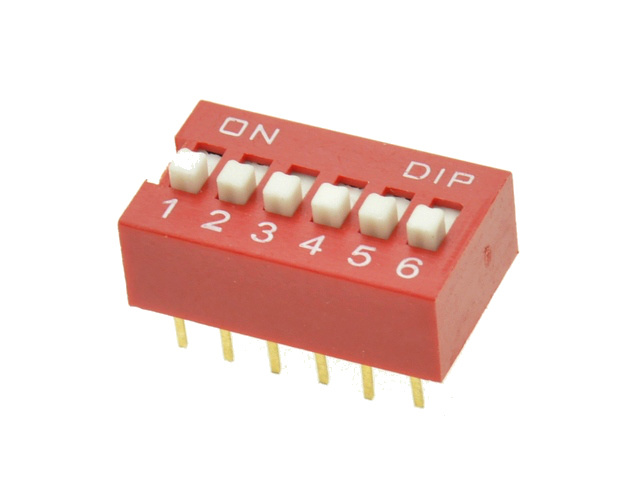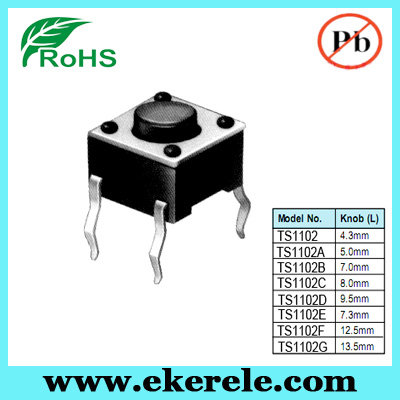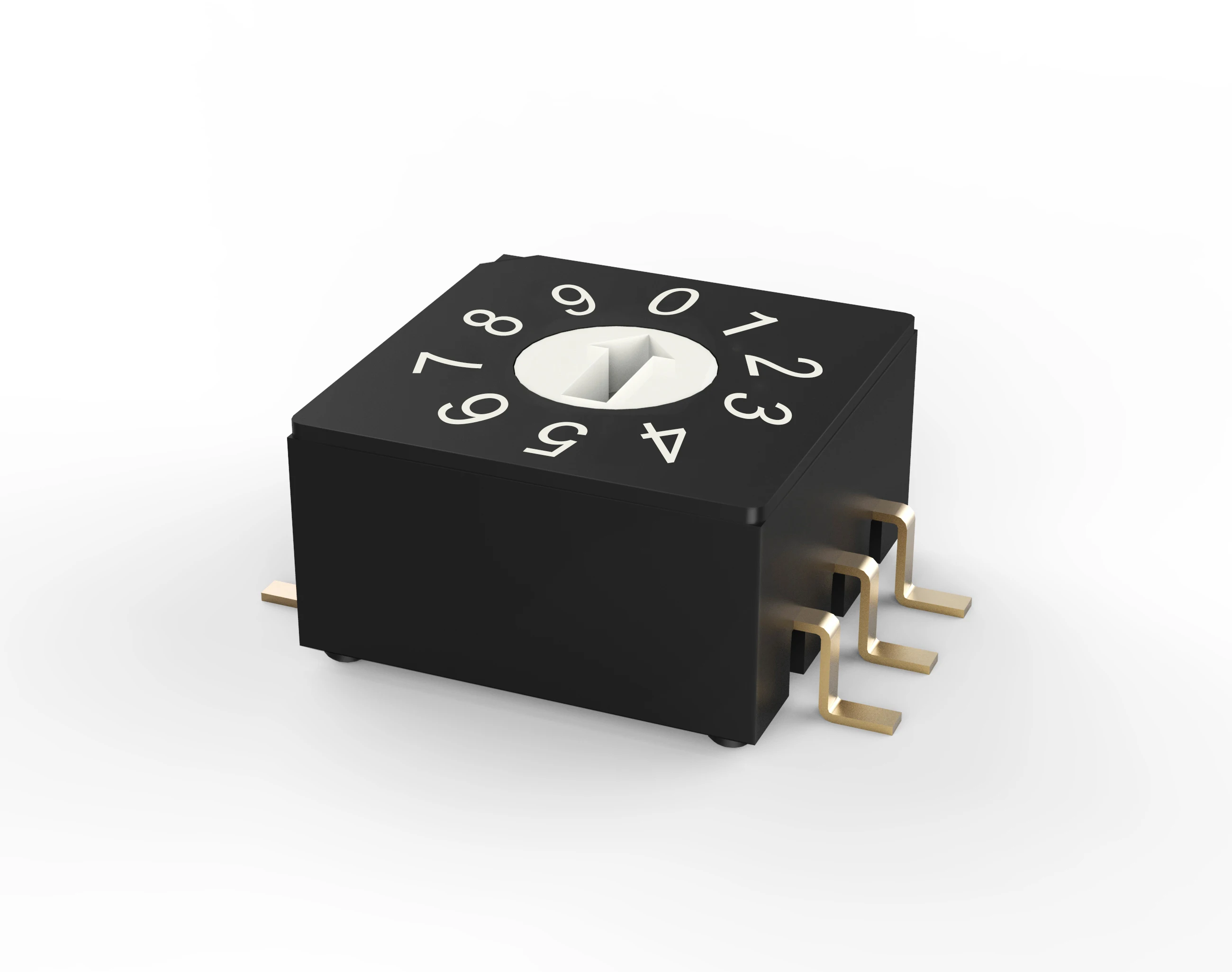
A single pole, single throw (SPST) switch implies that the device sits in an electronic circuit where it is either closed and allows current to flow or open and interrupts the current flow. When referring to any switch, consideration must be given to the principle of poles and throws. Commonly mounted on a PCB or breadboard, DIP switches allow users to quickly preconfigure or toggle an electronic device between a variety of settings or operating modes. It is an electromechanical device requiring a user to manually move the actuator so that a different electronic circuit is activated or deactivated.
10 position dip switch calculator series#
What is a DIP Switch, and How Does it Work?Ī DIP switch is a dual in-line package switch, meaning that it consists of a series of switches in a single unit.

Some DIP switches can be actuated by hand, while others require a special tool or screwdriver to toggle the switch position. They come in a variety of sizes, configurations, switching mechanisms, and power ratings.Ĭustomers can choose the number of positions on their DIP switch based on the configuration options for their application. The simplicity, flexibility, and low cost of DIP switches have ensured their long-standing use in several electronics applications.

10 position dip switch calculator manual#
It does not store any personal data.DIP switches have been around since the 1970s as electromechanical devices that allow users to make manual changes to an electronic circuit. The cookie is set by the GDPR Cookie Consent plugin and is used to store whether or not user has consented to the use of cookies. The cookie is used to store the user consent for the cookies in the category "Performance". This cookie is set by GDPR Cookie Consent plugin. The cookie is used to store the user consent for the cookies in the category "Other. The cookies is used to store the user consent for the cookies in the category "Necessary".

The cookie is set by GDPR cookie consent to record the user consent for the cookies in the category "Functional". The cookie is used to store the user consent for the cookies in the category "Analytics". These cookies ensure basic functionalities and security features of the website, anonymously. Necessary cookies are absolutely essential for the website to function properly. If you take a look at that table above, you will see that the Dip Switch Number 3 is equivalent to DMX Channel 4, and you will flip that switch to “ON”. As we just said, that particular light fixture will take up 3 DMX Channels, therefore our next RGB LED Strip will begin on DMX Channel 4. You would set your first RGB LED Strip to “Address 001”, by flipping Dip 1 “ON”. Let’s say you are trying to set up RGB LED Light Strips with an DMX-CON3-C2 an RGB LED Strip requires a total of 3 DMX Channels (one channel for red, one channel for green, and another for blue). Once you’ve set your first fixture (which should be set to “Address 001”) on your DMX Controller, you must then calculate how many channels are being taken up, and set the second light fixture at the next available DMX Channel. Within a single DMX Universe, you have a total of 512 Channels.

When you set the starting DMX address of a given light fixture, you are essentially setting the starting point of the DMX signal for said fixture. With DMX Addressing, you will only use numbers 1-9. Dip Switch 10 is used primarily for testing, and does not have a value. If you’re wondering what happened to Dip Switch Number 10, don’t worry. We won’t get into the math behind it right now, but we’ve created a table to easily portray the relationship between each Dip Switch Number and its DMX Channel value. Each Dip Switch Number is assigned a DMX Channel value through binary code.


 0 kommentar(er)
0 kommentar(er)
